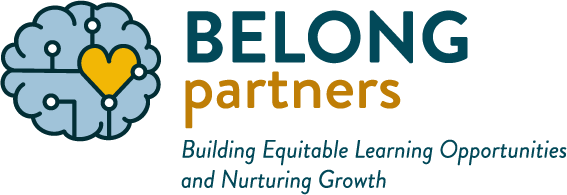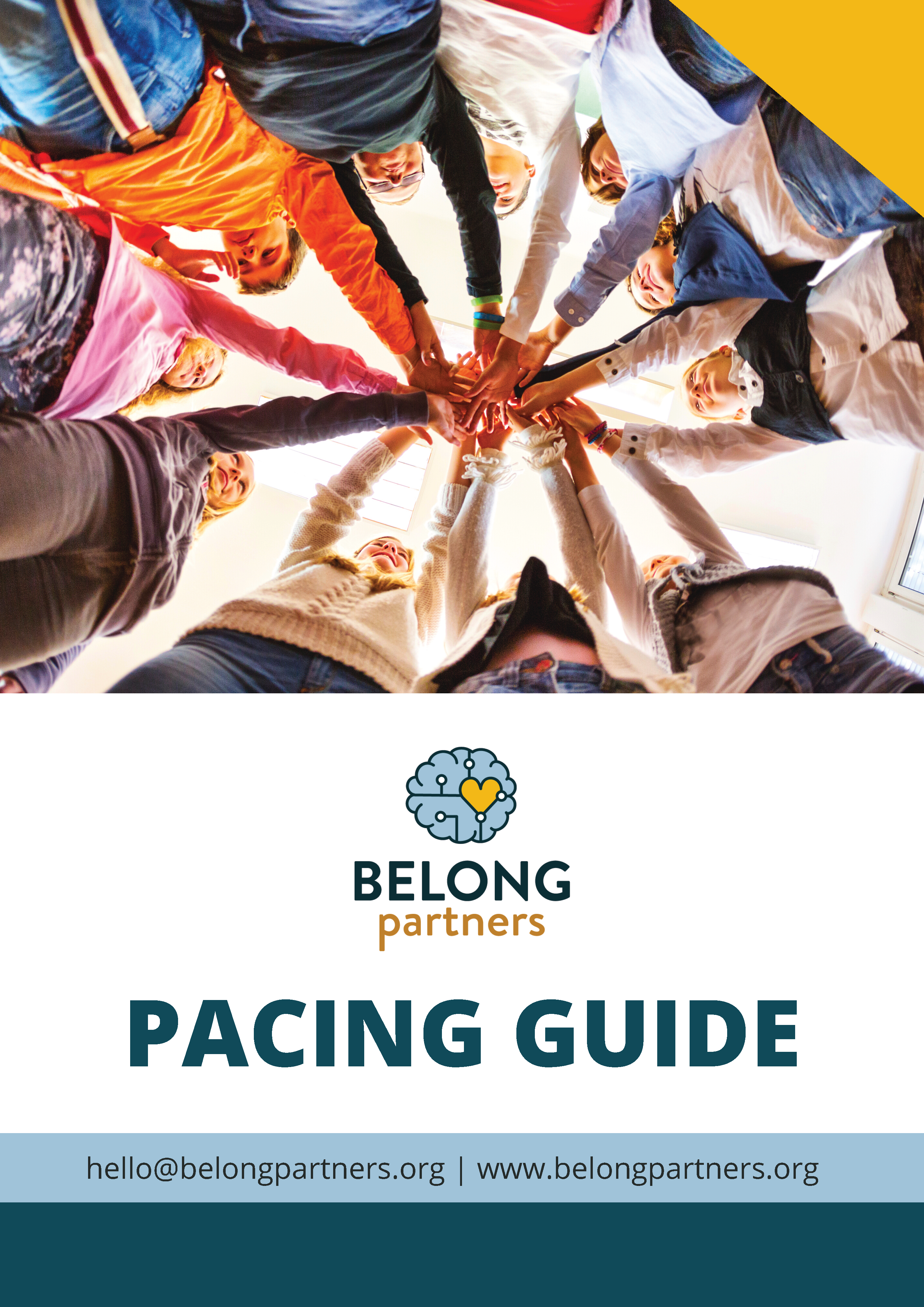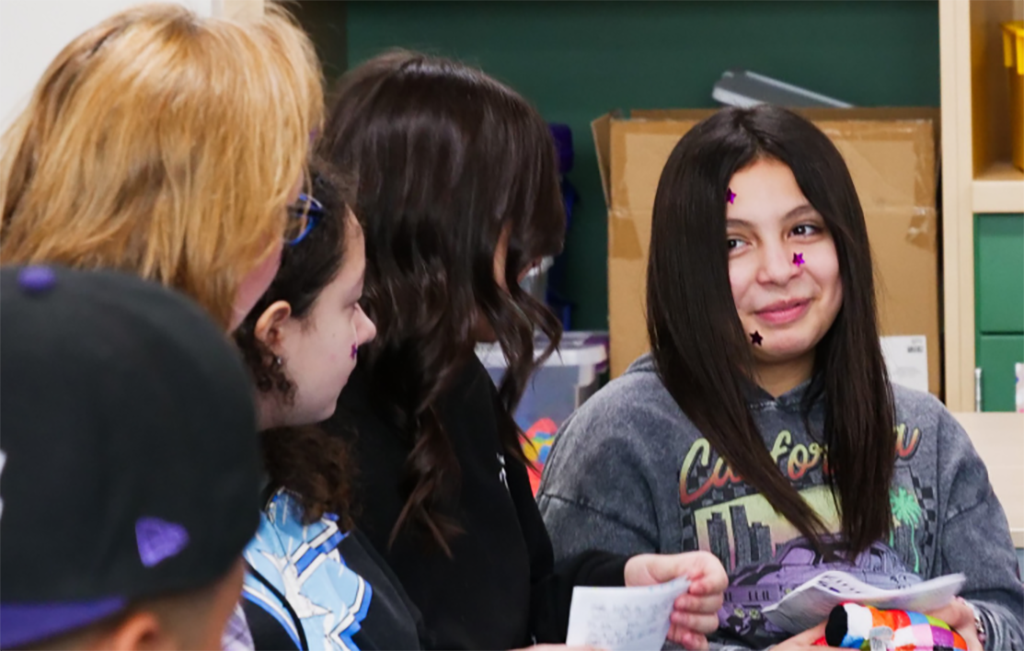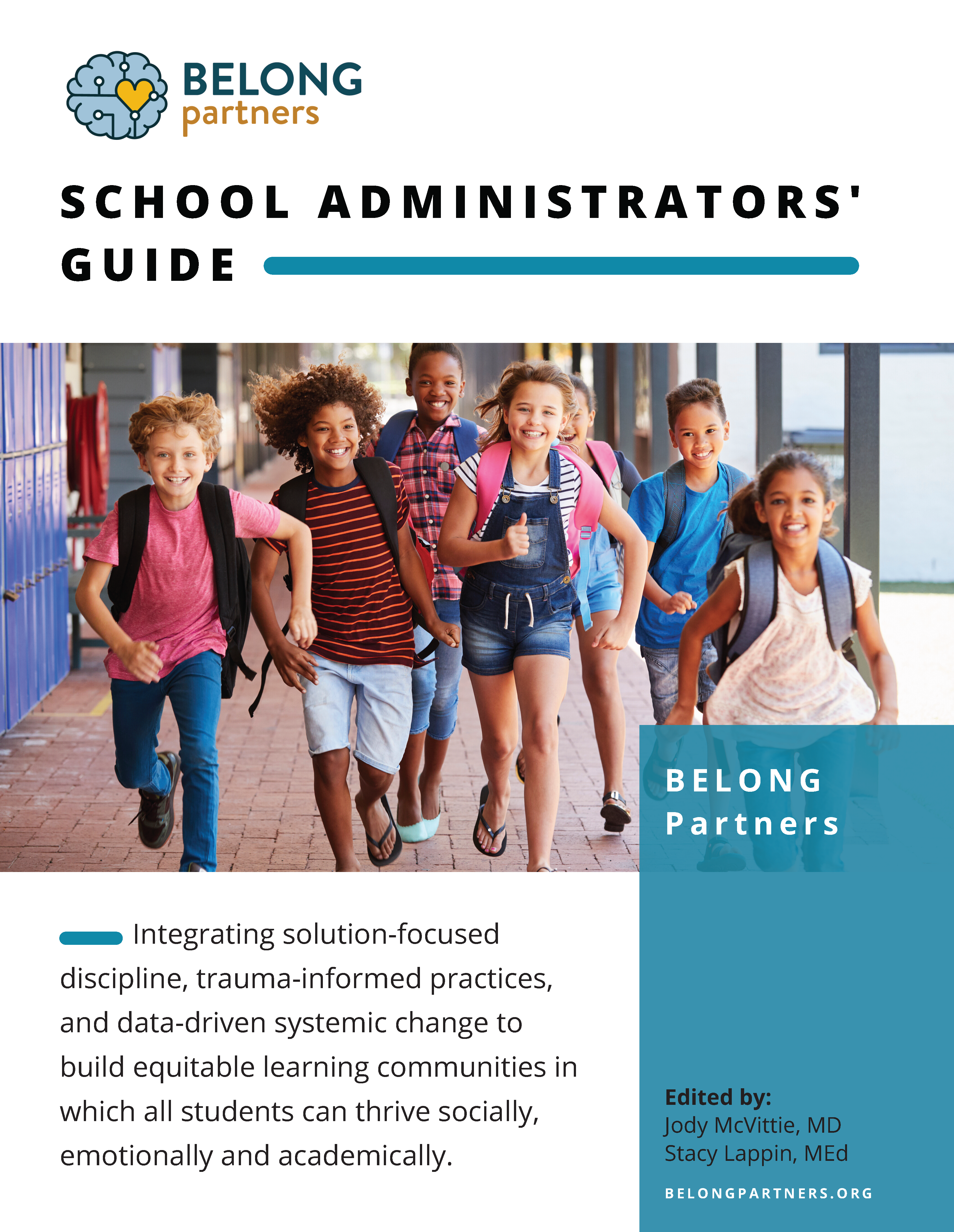
School Administrators’ Guide
Printed Manual. $40 + tax. Shipping included. Integrating solution-focused discipline, trauma-informed practices, and data-driven systemic change to build equitable learning communities in which all students can excel socially, emotionally, and academically.
Edited by Jody McVittie, MD, and Stacy Lappin, MEd
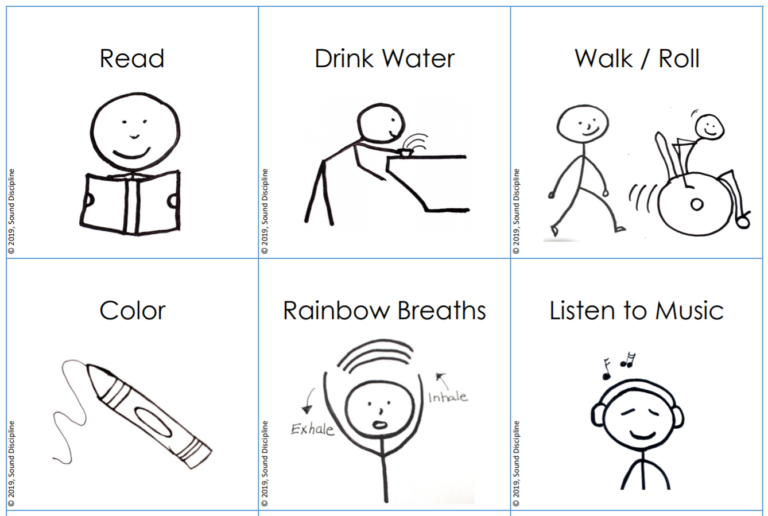
Self-Regulation Tool Cards
BELONG Partners has created this set of tool cards to help you, your students, and families practice self-regulation skills. We like to print these cards, hole-punch the top corner of each one, and put them on a ring.
There are many ways to use them! One local school printed the 8 cards that have the most helpful age-appropriate activities for kindergartners, modeled the activities for the kids at a kindergarten readiness session, and then sent copies of the cards home with the parents. Those kindergartners will come to school already knowing some very valuable self-regulation skills!
We make these cards available as a free resource to our community!
Enter your name and email to receive a downloadable PDF of the full set of 60 activity cards (plus blanks to write in your own ideas). You’ll also receive our monthly newsletters and other occasional emails. You can unsubscribe at any time.
You can also purchase a printed set of cards for $15 + tax. Shipping included. 60+ hole-punched cards on cardstock, instructions, and ring.
Pacing Guide
PDF. $49.99. This 200+ page pdf is an essential resource to support implementation of the BELONG Partners approach. It includes:
- A calendar that outlines a month-by-month focus on various SEL topics, relationship development and adult mindsets
- Resources for facilitating systems change and restorative discipline
- Activities that foster student skills in effective Problem-Solving Class Meetings
Problem Solving Class Meetings Video
Streaming. $25. Watch a BELONG Partners Problem Solving Class Meeting in action with a group of 5th graders from Lakeridge Elementary School in Renton, Washington. Students, educators, and administrators share about the impact of this powerful process on their school culture and academic success.
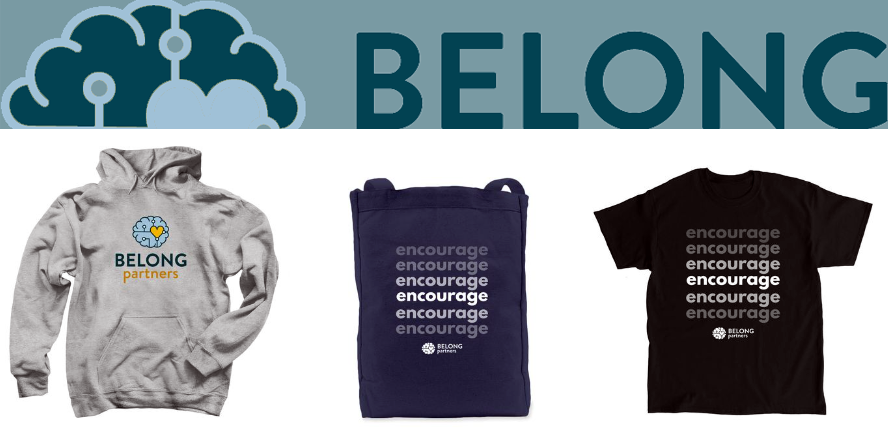
BELONG Partners Apparel
BELONG Partners branded apparel, including our ‘Encourage’ tote bag.
Every purchase is a small contribution to support our work!
